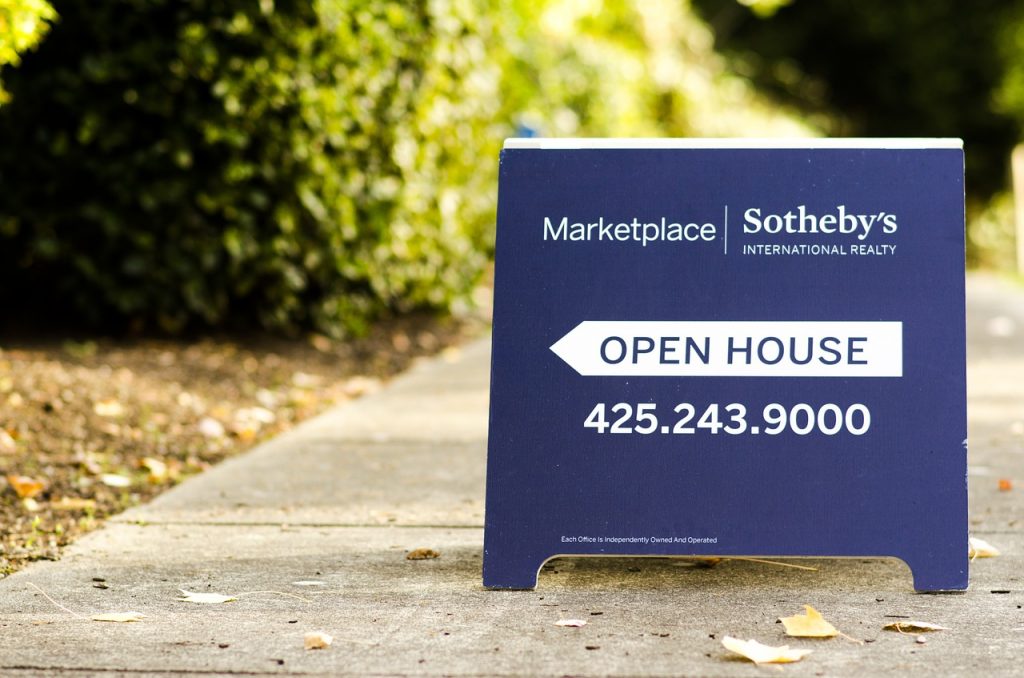Why Your Home May Be Worth Far More Than What It Was Appraised For
Appraisal data compiled by booking.edu and the US Bureau of Labor Statistics revealed that appraisers are more likely to undervalue homes owned by people of color.
This article is more than 2 years old

Your home may be far more worth than what it was appraised for, not just because of recent housing price increases, but because of racial bias. Many people of color are speaking out about their experiences as homeowners as they do not get the same home appraisal rates than if a white person owned their home in the same market. Potential changes are coming to this appraisal bias that affects many minority homeowners.
Recently, the home appraisal process in the United States has seen a renewed effort to rebuild itself due to allegations of racial bias in the industry. Many families of color have been encumbered out of homeownership, which can sometimes be the biggest source of wealth for many American families. According to brooking.edu, home appraisals that are located in majority-Black neighborhoods are 1.9 times more likely to be appraised for under the contract price than homes that are located in majority-white neighborhoods.
The home appraisal industry is majority populated by whites, 94.2 percent as of 2022 to be exact, according to the U.S. Bureau of Labor Statistics. This is largely by design of the apprenticeship system, where fathers train their sons to be appraisers. According to a January press release from the U.S. Department of Housing and Development, The Biden administration has pledged to tackle appraisal bias, and change is also happening within the industry as appraisers seek ways to replace judgment calls with concrete data.
However, there are hurdles, particularly for people of color, related to emerging into the home appraisal industry. At minimum, appraisers are required to possess at least an associate’s degree and then have to pass a national exam. According to NPR, becoming a home appraiser as a person of color can be a challenge because you’ll have to find a supervisor to oversee 1,000 field hours of required training.
While discrimination in just any field is illegal, the extent to which properties are undervalued due to home appraiser bias is not readily explicit. White appraisers can learn more about fast-changing Black neighborhoods they might not visit as much, which is crucial because choosing which nearby home sales, or “comps,” to include in an appraisal report is key to reducing bias.
The Appraisal Institute, a global professional association of real estate appraisers, is trying to combat these shortcomings in the industry through a variety of methods. They hold recruiting workshops and offer a variety of scholarships for appraisers wanting to get licensed or emerge in the industry. The Appraisal Institute is also spearheading an initiative to connect future appraisers with supervisors virtually called PAREA.
In conclusion, in order to reduce bias in home appraisals, there is a need for a more diverse workforce in the industry. Although it is uncertain how much of an impact these changes Biden and the Department of Housing and Development will have, efforts are being made nationally to rebuild the home appraisal process by replacing judgment calls and reducing bias. This could potentially modernize the field and promote a more fair appraisal process in for the valuation of homes owned by people of color and, ultimately, their wealth.





